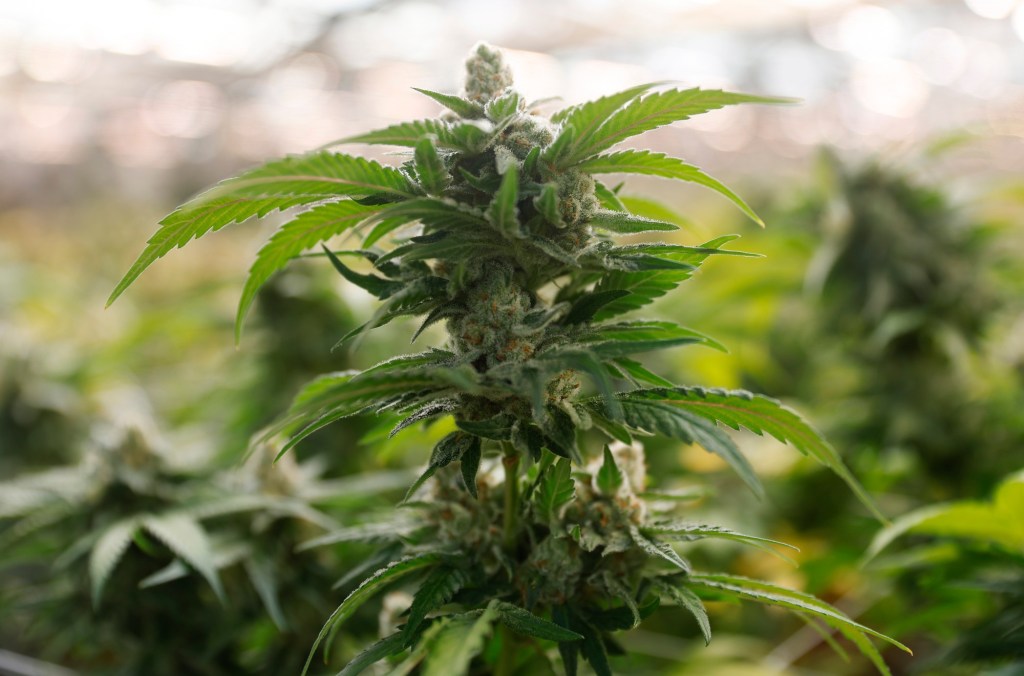When California’s cannabis shops opened their doors six years ago this month, they inaugurated the world’s largest market for legalized recreational marijuana.
This historic step would transform the state, predicted supporters and opponents. Californians would get justice and gobs of money — or fall victim to reefer madness.
What’s life like after legalization? Pretty chill. The passionate claims made by both sides ended up being overstated. The sky hasn’t fallen, and the state has some more money. But there are some new challenges, such as accidental ingestion by children and emergency medical problems among elders.
And there’s still a lot we don’t know. Surprisingly, the state has no good historical data about the number of acres in cultivation. Statistics about youth usage are woefully incomplete. There is no roadside sobriety test for cannabis, and the CHP doesn’t track accidents that involve drivers who are high on pot. A study by the Rand Corporation and Institute of Labor Economics found no relationship between county laws that legally permit dispensaries and reported violent crime, but there is no statewide data on dispensary-related robberies.
Let’s take a close look at some of the key arguments around marijuana legalization — and how the statistics stack up.
Where can you buy it?
The rollout of Proposition 64, which was enacted in 2016 and implemented in 2018, has been uneven across the state. The measure allows local control, so more than half of California’s cities and counties ban commercial cultivation and sales. There are currently 3,599 licenses for cultivation, with the largest amount of acreage in Santa Barbara County, followed by Humboldt and Lake counties. There are 695 licenses for storefront retail dispensaries, most in the urban hubs of Los Angeles and the San Francisco Bay Area.
Is the state richer?
Tax revenues were a major selling point for legal cannabis.
And that promise has proven true: Since…
Read the full article here







